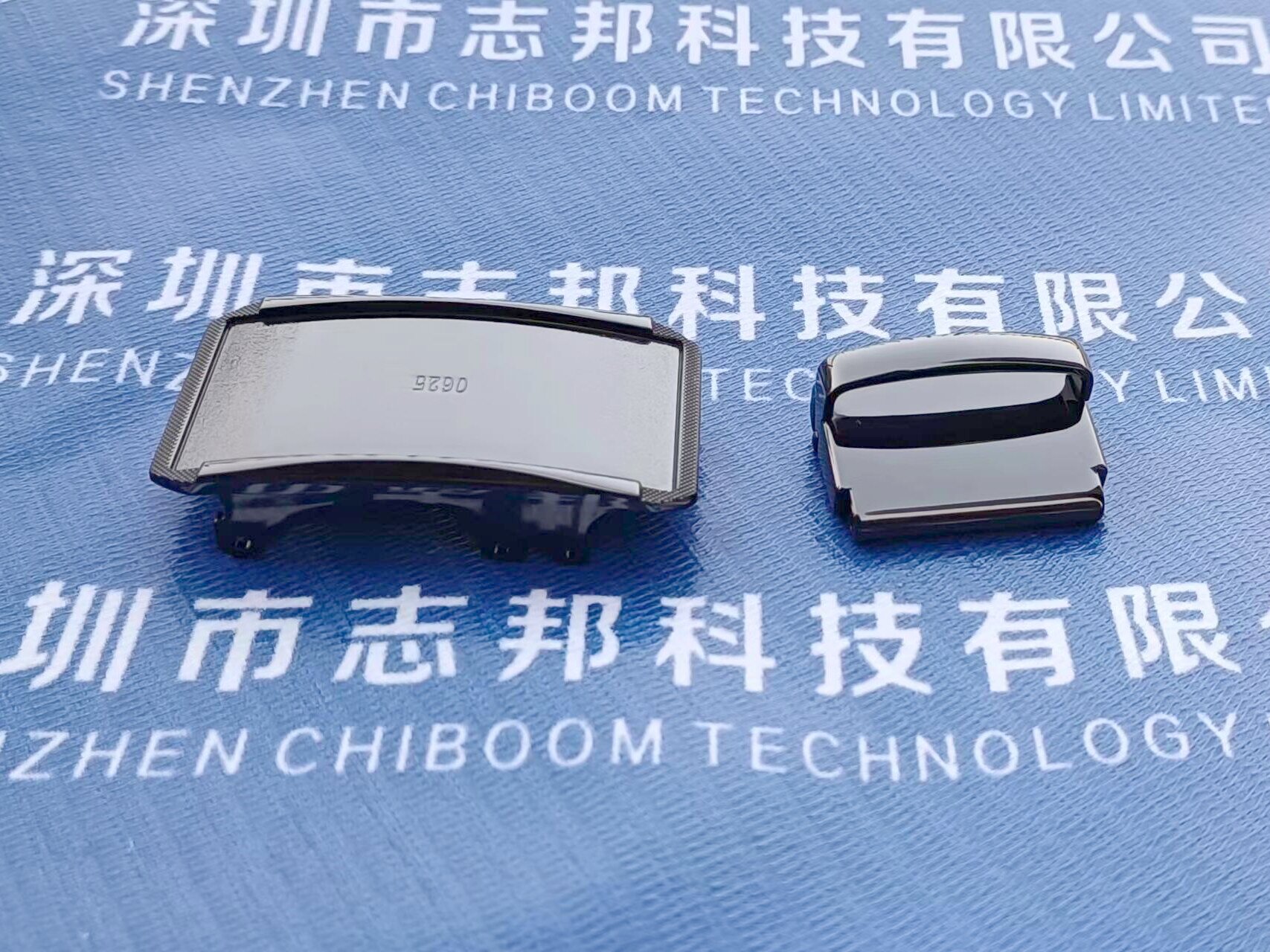Electrophoretic paint effect
Electrophoretic Paint: A Perfect Combination of Technological Innovation and Versatility
Electrophoretic paint, as an integral part of modern coating technology, utilizes its unique electrophoretic coating process to achieve mechanization and automation in the coating industry. Not only does it provide exceptional coating effects, but it also satisfies the demands for high-quality coatings in various industries. This article will delve into the function, characteristics, and practical advantages of electrophoretic paint.
I. Principle of Electrophoretic Paint
The coating process of electrophoretic paint is based on the phenomenon of electrophoresis, which refers to the directional movement of charged particles in an electric field. During electrophoretic coating, the workpiece to be painted is first immersed in an electrophoretic paint tank. Then, electricity is applied to initiate electrophoresis. Under the influence of the electric field, positively charged paint pigments are attracted to the surface of the workpiece, forming a uniform paint film. This process ensures even coating while significantly improving paint utilization and reducing coating costs.
II. Characteristics of Electrophoretic Paint
High Throwing Power: Electrophoretic paint is completely dissolved or emulsified in water, resulting in a low-viscosity (tank solution) that easily penetrates into the pocketed structures and crevices of conductive materials, making it especially suitable for coating irregularly shaped conductive materials.
High Conductivity: The tank solution of electrophoretic paint has high conductivity, allowing paint ions to migrate quickly under the electric field, forming a uniform and fine paint film.
High Paint Utilization: Electrophoretic coating boasts a paint utilization rate of over 95% or even 100%, mainly due to the low solid content and low viscosity of the tank solution as well as the application of ultrafiltration technology.
Excellent Corrosion Resistance: The evenly and densely formed coating film of electrophoretic paint effectively prevents the (erosion) of external factors, enhancing the corrosion resistance of the workpiece.
Environmental Friendliness and Safety: Electrophoretic paint contains a low level of solvents, promoting environmental protection. Meanwhile, the closed-loop process of electrophoretic coating reduces potential safety hazards during the coating process.

III. Advantages of Electrophoretic Paint in Practical Applications
Improved Production Efficiency: Electrophoretic coating realizes complete mechanization and automation, significantly enhancing labor productivity and suiting large-scale production lines.
Enhanced Product Performance: The evenly and densely formed coating film of electrophoretic paint not only provides excellent corrosion resistance but also improves the abrasion resistance of the product, extending its service life.
Enhanced Product Aesthetics: Electrophoretic paint technology can achieve various colors and textures, greatly enhancing the appearance and texture of products, meeting consumer demands for high-quality products.
IV. The Coating Process of Electrophoretic Paint
The coating process of electrophoretic paint mainly includes four steps: pretreatment, electrophoretic coating, curing, and post-treatment. Pretreatment removes oxides, grease, and other impurities from the surface of the workpiece, providing a solid foundation for coating. Electrophoretic coating utilizes a direct current electric field to attract charged paint pigments to the surface of the workpiece for coating. Curing involves heating the coated workpiece in an oven to solidify the electrophoretic paint film. Post-treatment further enhances the performance of the electrophoretic paint film, typically including degassing, scraping, grinding, and cleaning.
V. Conclusion
With its unique technological principles and outstanding performance characteristics, electrophoretic paint plays an increasingly important role in the modern coating industry. As technology continues to advance and coating processes improve, electrophoretic paint technology will be applied and promoted in more fields, providing strong support for the development of various industries.





 WeChat
WeChat